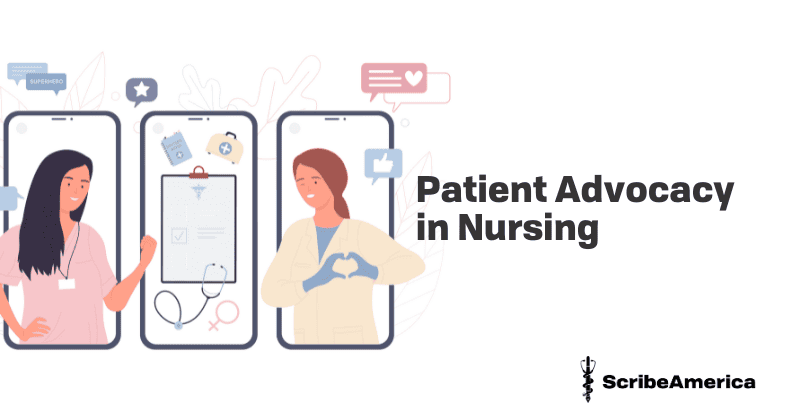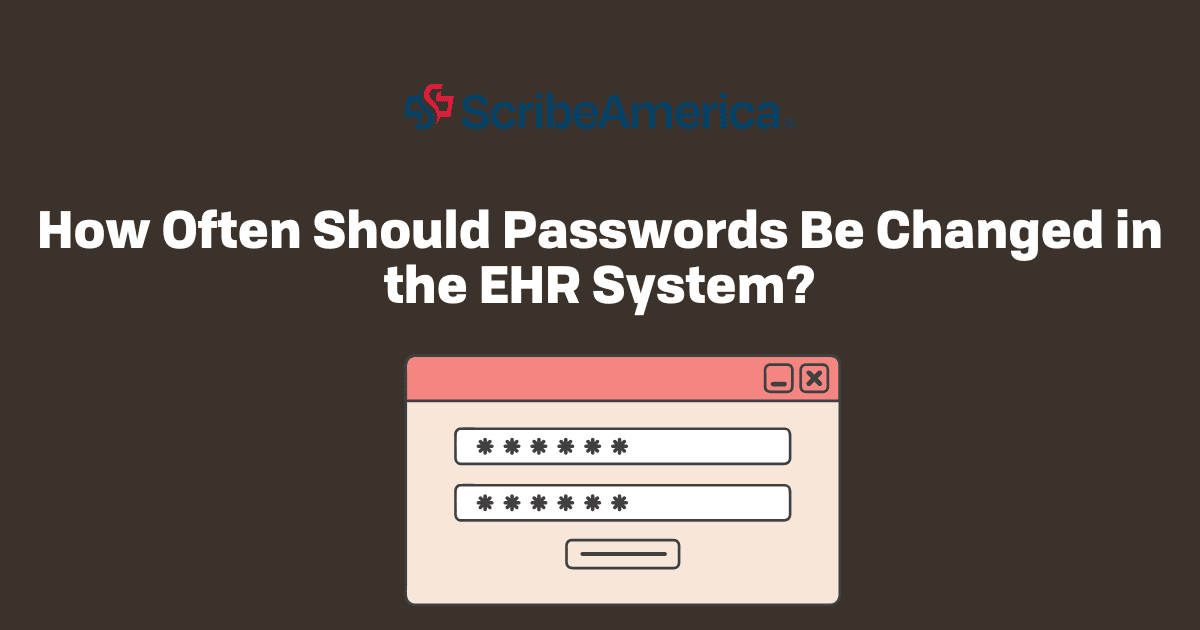Key Points:
- Patient advocacy in nursing is the crucial role where nurses promote, advocate for, and protect the rights, health, and safety of the patient, serving as their trusted ally and voice.
- Ethical Foundation: This role is rooted in the ANA Code of Ethics and principles like patient autonomy and human dignity.
- Core Processes: Advocacy involves Valuing (understanding patient wishes), Apprising (informing and educating the patient), and Interceding/Mediating (acting as a liaison between the patient, family, and healthcare team).
In the hustle and bustle of healthcare, nurses wear many hats beyond just administering meds and checking vitals. One key role that often doesn't make the headlines is patient advocacy in nursing. Let’s dive into the nitty-gritty of why it matters, providing concrete examples that showcase its significance.
What is patient advocacy in nursing?
Patient advocacy in nursing boils down to being the patient's advocate – someone who ensures they understand what's going on with their health and helps them make informed decisions about their care. It's not just about being a healthcare provider; it's about being a communicator, a translator of medical jargon, and a source of comfort during tough. It involves:
- Valuing: Understanding the patient's unique attributes, values, cultural beliefs, and desires.
- Apprising: Providing clear information and advising the patient on their condition and options.
- Interceding/Mediating: Acting as a go-between to ensure the patient’s wishes are respected by the healthcare team, family, and system.
Examples of Patient Advocacy in Nursing
As they say, the proof of the pudding is in the eating. So, let’s explore a few examples of patient advocacy in nursing:
1. Communication Facilitation and Interpreting Medical Jargon
Example: A nurse notices a patient nodding along with a physician’s complex explanation of a new diagnosis, but their body language suggests confusion. The nurse steps in afterward, saying, "Let me rephrase that in simple terms," and uses everyday language to ensure the patient truly grasps the diagnosis, treatment plan, and next steps.
2. Safeguarding and Protecting Patient Rights
Example: A nurse observes an inaccurate diagnosis or an unsafe discharge plan. The nurse is ethically obligated to challenge the doctor or medical facility to ensure the patient's safety, preventing medical errors or readmission. This also includes ensuring the patient's right to informed consent is honored by thoroughly explaining all procedures and allowing them to refuse care until fully understood.
3. Advocating for Autonomy Against Unwelcome Family or Team Intervention
Example: A patient clearly states their wish for palliative care, but a family member demands aggressive treatment. The nurse steps in to firmly but respectfully uphold the patient's documented wishes and legal rights, acting as a crucial barrier against external pressures that conflict with the patient's self-determination.
4. Navigating Social, Financial, and Systemic Barriers
Example: The patient is discharged with expensive prescriptions and complex follow-up appointments. The nurse connects the patient with a social worker or case manager to find financial assistance programs for medications, coordinate transportation to appointments, or arrange for necessary home health care, thus addressing social determinants of health that often impede recovery.
5. Empowering Patients for Self-Advocacy
Example: Recognizing that the nurse cannot be with the patient 24/7, the nurse teaches the patient or their family to be their own best advocate. This includes guiding them to create a current medical summary (conditions, allergies, medications, physicians) and directing them to reliable sources for health knowledge (e.g., NIH, established disease-specific organizations).

Importance of patient advocacy in nursing
Patient advocacy in nursing isn't just a nice-to-have; it's a must-have. It's not about individual patients; it's about the entire healthcare system working better. By advocating for patients, nurses are not only improving individual outcomes but also fostering a healthcare culture that values empathy and understanding.
In a healthcare world that can sometimes feel cold and clinical, patient advocacy is the human touch that reminds us all that there's a person behind every illness.
Essential Skills for Effective Nursing Patient Advocacy
To fulfill this demanding role, nurses need specific skills:
- Critical Thinking and Vigilance: To spot potential errors or ethically ambiguous situations.
- Strong Communication: To translate medical language and relay patient wishes clearly.
- Conflict Resolution/Negotiation: To mediate disagreements between patients, families, and the healthcare team.
- Knowledge of Rights and Ethics: To effectively champion patient autonomy and safety within legal and professional bounds.
Advocacy beyond traditional nursing roles
Patient advocacy isn't confined to the bedside. Roles like medical scribes and care navigators also play a crucial part. Medical scribes ensure that the paperwork accurately reflects the patient's condition, while care navigators guide patients through the healthcare maze.
These roles show that advocacy isn't a one-size-fits-all job. It takes a village, and each member, from nurses to scribes and navigators, contributes to making healthcare more patient-friendly.
The takeaway
In the world of healthcare, nurses are the linchpin, bridging the gap between patients and the complexities of medical care. Patient advocacy in nursing isn't just a checkbox on the to-do list; it's an ever-evolving commitment to humanize healthcare.
As we navigate the twists and turns of healthcare, let's not forget the crucial role nurses play in advocating for patients. By embracing and championing patient advocacy, nurses aren't just doing their job; they're shaping a healthcare narrative rooted in practical empathy, clear communication, and genuine human connection.
Read also: How to get clinical experience for nursing?




